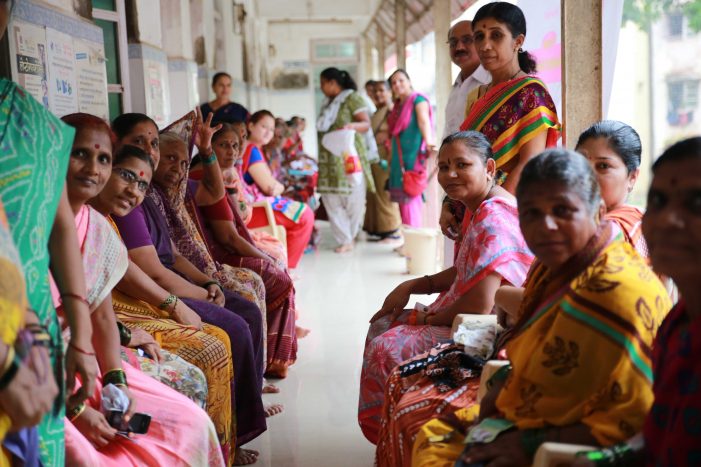Identity is shaped by the environment, socioeconomic conditions, and external forces. For India’s Particularly Vulnerable Tribal Groups (PVTGs), identity is deeply intertwined with their traditional knowledge, cultural practices, and the challenges they face in preserving these legacies. NuSocia has conducted studies across multiple locations in the country and aims to highlight two case studies that reflect the state of identity among PVTGs. Through the lens of two distinct tribal communities—the Mankidia of Odisha’s Sukinda Valley and the Katkari of Maharashtra—we explore how their identities are being reshaped by modern development, resource exploitation, and socio-economic marginalization.
The Mankidia Tribe of Sukinda Valley, Odisha
The Sukinda Valley in Odisha, rich in chromite deposits, is a hub for mining activities that generate economic prosperity while posing significant challenges for local communities. The Mankidia tribe, recognized for their unique skill of monkey-catching, resides here.
The Mankidia tribe’s cultural identity, rooted in forest-based livelihoods, is under threat due to mining encroachment and restricted forest access. Traditionally reliant on the forest for sustenance and cultural practices, most tribe members now work as laborers in the mines or engage in subsistence agriculture. Women play a crucial role in household and agricultural management, yet their contributions remain undervalued. The alcohol trade, involving liquor brewed from rice or mahua, further complicates socio-economic conditions and increases community vulnerability.
The Katkari Tribe of Maharashtra
A needs assessment study conducted in the Raigad District of Maharashtra reveals that the Katkari tribe, classified as a Particularly Vulnerable Scheduled Tribe (PVST), resides across forest areas, including hilltops, slopes, foothills, and open lands. This geographical dispersion contributes to their socio-economic challenges, including economic backwardness, low literacy, and landlessness.
Historically semi-nomadic, the Katkari engaged in activities such as catechu production, charcoal-making, fishing, and upland agriculture. However, modern land-use changes and ineffective land reforms have disrupted their traditional occupations. Many Katkari families engage in seasonal migration for employment in brick kilns, charcoal units, and other industries. Despite their ability to cultivate forest terrains, land alienation has resulted in widespread landlessness, increasing economic insecurity.
A critical issue is the lack of awareness and access to government welfare schemes. Many Katkari households are not formally recognized in official records, preventing them from availing of essential services related to healthcare, education, and employment. This administrative exclusion deepens their marginalization and limits their ability to claim entitlements.
Preserving Identity Amidst Change
The experiences of the Mankidia and Katkari tribes highlight the complex interplay between identity and modern development. As these communities navigate socio-economic changes, there is an urgent need for policies that protect their cultural heritage while fostering sustainable development.
Strengthening infrastructure, ensuring healthcare accessibility, and promoting livelihood diversification are critical to empowering these vulnerable communities. By understanding their realities and advocating for their needs, it is possible to support these tribes in preserving their identities while improving their quality of life.




